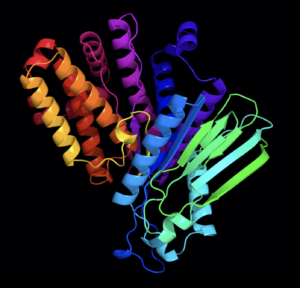Seeing the wood from the trees at ASH23
 Just a couple of years ago a particular hematologic target was all the rage with multiple companies, large and small, rushing a variety of early stage agents with different modalities and designs into the clinic.
Just a couple of years ago a particular hematologic target was all the rage with multiple companies, large and small, rushing a variety of early stage agents with different modalities and designs into the clinic.
Then silence ensued.
Some of them have inevitably gone by the wayside with time, while others are now showcasing their preclinical and clinical chops at the forthcoming annual meeting of the American Society of Hematology (ASH) in San Diego next month.
As with every oncology R&D niche there are winners and losers galore.
Here we identify ten key abstracts to watch out for, plus an additional one which could shed important light on some of the earlier findings…
To continue reading our latest highlights on oncology new product development including commentary and analysis BSB subscribers can log-in or you can click to access the content.
This content is restricted to subscribers










